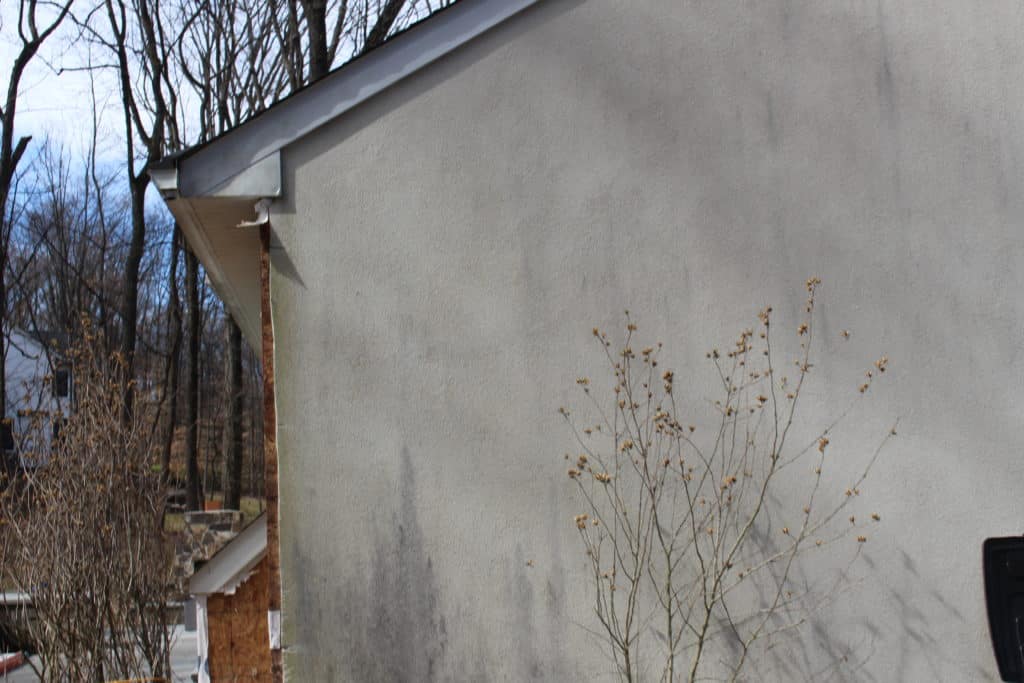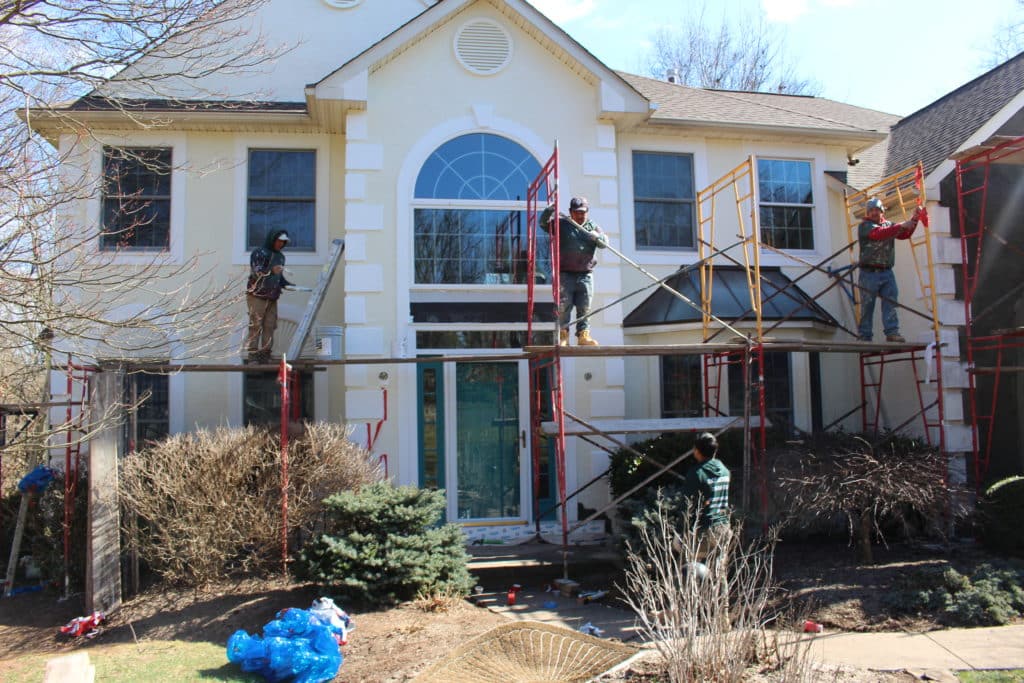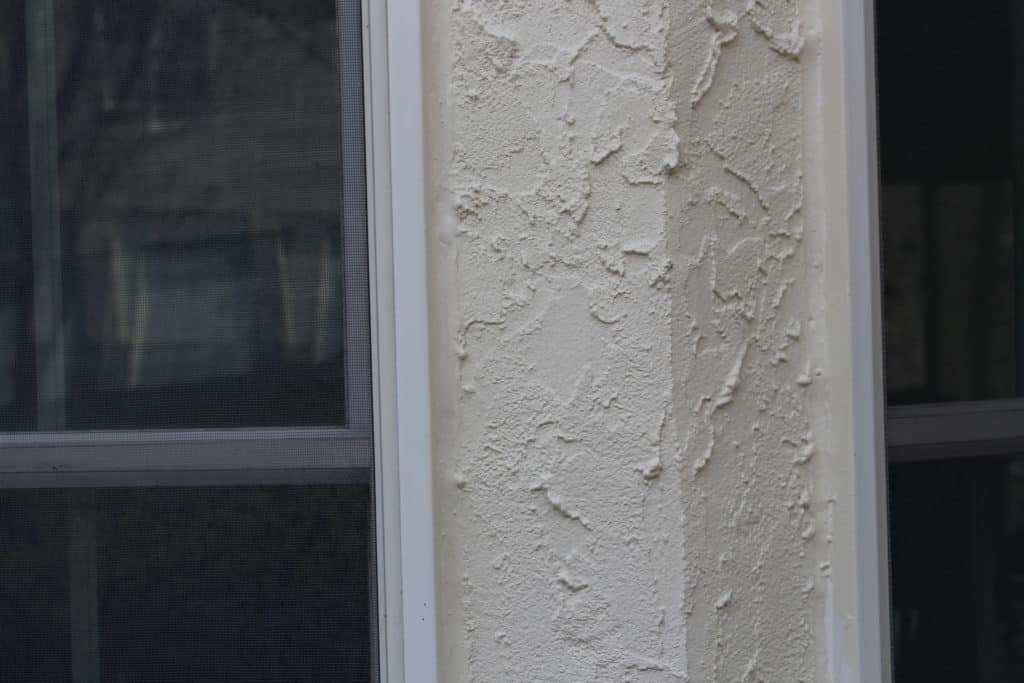Stucco Colors
If you’ve ever marveled at the rich stucco colors on the exteriors of homes, you’ll understand the importance of finding the right color to enhance your home’s curb appeal. Stucco is a versatile and durable material that adds depth and texture to a home’s exterior. With a wide array of stucco colors to choose from, how do you decide on the best one for your home? That’s where our expert team comes in.
Matching Stucco Colors to Your Home
Stucco Safe, known for its team of stucco specialists, has honed the method of matching stucco colors to homes after an invasive inspection. This procedure ensures that the selected color enhances the house’s exterior, increasing its curb appeal and harmonizing with its surrounding environment.

How Do We Match Stucco Colors?
We utilize extensive stucco color charts, including those from well-known manufacturers. These color charts offer a myriad of options, from modern shades of gray to traditional earth tones, and even vibrant and bold colors. Such a broad range ensures we can find the perfect color for your home, whether you prefer something light and airy, like a white stucco, or something more bold and eye-catching.
The Science Behind Stucco Colors
The secret lies in the pigments. Pigments are substances that absorb certain wavelengths of visible light, giving color to materials like paint and stucco. The pigments used in stucco can be derived from various sources, including synthetic compounds and natural substances like lime and sand. They are mixed into the stucco in carefully measured quantities to produce the desired color.

Elastomeric Finishes
Elastomeric finishes, another tool in our stucco color toolbox, allow us to achieve a consistent color, even in situations where the surface may differ, like brick, stone, or other materials. This is because the elastomeric coating provides a flexible, water-resistant finish that can stretch and contract without cracking.
Your Style
One of the critical factors we consider when choosing stucco colors is the home’s style and the existing materials on the exterior. For instance, if your house features a lot of stone or concrete, we might suggest cooler colors from the stucco color charts that complement these elements. Conversely, for a home with a lot of wood or warm brick, earth tones or beige shades might be more suitable.
Applying the stucco in a way that brings out the pigment’s depth and ensures the color doesn’t fade over time requires professional painting techniques. This process involves several coats of paint, often using acrylic for durability and brightness.
To ensure the color is right for your home, we provide samples for you to examine in different lighting conditions. This step is critical, as colors can appear differently under natural and artificial light.
Creating a visual continuity between the stucco colors, the architecture of the house, and the surrounding environment can transform the exterior of a home, giving it a fresh, modern look while maintaining its unique character.
Understanding the Role of Colors in Stucco Inspections
Stucco, a mixture of cement, sand, lime, and water, has been a popular exterior coating for houses due to its versatility, aesthetic appeal, and durability. However, maintaining the beauty and integrity of a stucco exterior requires regular inspections. A key aspect of these inspections is evaluating the stucco color, which not only speaks to the aesthetic appeal but also gives indications of the stucco’s overall condition.
The nature of the pigment used in the stucco mix can significantly influence the stucco color. For instance, lime-based pigments are known for their vibrant colors and durability. Synthetic pigments, often used for modern acrylic stucco finishes, offer a broader range of color options, from neutral tones like beige and gray to bright, vibrant hues.
The Choice of Stucco Color
The choice of stucco color is not merely a matter of personal preference. It also has practical implications on the longevity and durability of the stucco. Lighter colors, for example, tend to reflect sunlight and reduce heat absorption, potentially prolonging the life of the stucco. On the other hand, darker colors tend to absorb more heat, which could lead to quicker fading or even cracking.

Stucco inspectors also assess the quality of the paint used for the stucco color. High-quality paint can enhance the stucco’s resistance to environmental elements, adding to its longevity. Inspectors would look for signs of peeling or flaking paint, which could suggest the need for a fresh coat.
The stucco color should ideally harmonize with the house’s overall exterior design, including the colors of the windows, doors, and masonry elements. A well-chosen stucco color can enhance the house’s curb appeal, making it stand out in the neighborhood. During inspections, professionals might also provide recommendations on choosing the right stucco color to improve the home’s aesthetic appeal.
The stucco color plays a critical role in stucco inspections. It provides insights into the quality of the stucco mix, the application techniques used, and the stucco’s current condition. By understanding these aspects, homeowners can ensure the longevity and beauty of their stucco exteriors.
Understanding Stucco Inspections
A stucco inspection is a comprehensive evaluation of the stucco cladding on a building. The inspection will either involve a visual or physical examination of the stucco to identify any signs of damage or potential issues that could compromise its integrity.

Stucco inspections are conducted by trained professionals, like Stucco Safe, who are knowledgeable in the field of stucco installation, maintenance, and repair. They are well-equipped to spot subtle signs of stucco damage, such as cracks, water damage, mold growth, or discoloration, which could easily be overlooked by the untrained eye.
Why Are Stucco Inspections Important?
Stucco inspections play a pivotal role in maintaining the longevity of your home’s stucco exterior. If undetected, stucco issues can lead to more severe problems down the line, like water seepage into the walls, structural damage, or mold growth, leading to expensive repairs.
Regular stucco inspections allow for early detection of such problems, providing an opportunity to address them before they escalate. The inspection report will give you a detailed understanding of the current condition of the stucco and suggest necessary repairs or maintenance, helping to prolong the life of the stucco exterior and save on future costs.
What Do Stucco Inspections Involve?
A comprehensive stucco inspection involves several key steps:
Visual Examination: The inspection begins with a thorough visual examination of the stucco exterior. The inspector looks for visible signs of damage, such as cracking, bulging, discoloration, or mold growth.
Moisture Testing: This is a crucial part of the inspection, especially for homes located in wet climates. Moisture meters are used to measure the level of moisture behind the stucco, which can indicate water intrusion issues.
Impact Testing: A soft mallet may be used to tap the stucco. Hollow sounds could indicate delamination, where the stucco is separating from the underlying wall.
Close Inspection of Problem Areas: Areas around windows, doors, roofs, and where walls meet are particularly prone to stucco failure and are closely inspected.
Review of Past Repairs: If there have been previous repairs, the inspector will evaluate their effectiveness and whether additional work is required.
Comprehensive Report: The findings are compiled into a detailed report that outlines the condition of the stucco, any areas of concern, and recommended repairs or maintenance.
To ensure your stucco exterior remains in excellent condition, regular stucco inspections should be a part of your home maintenance routine. An inspection every few years, or when you notice signs of potential damage, can help you keep your home beautiful and structurally sound for years to come.
